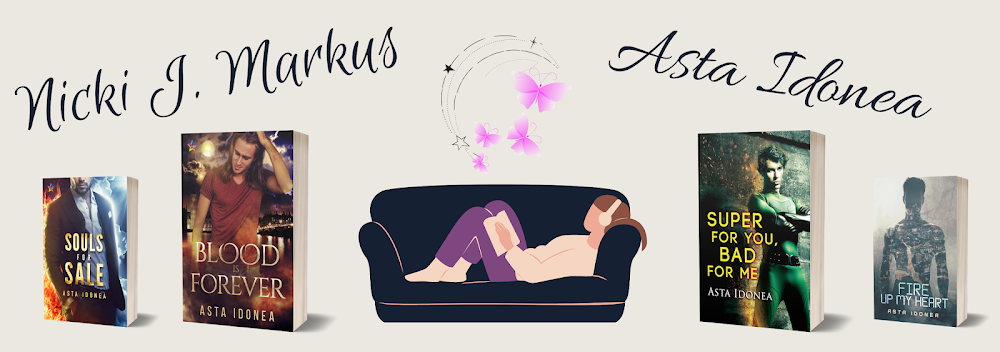
My first tip when discussing the use of flashbacks is that you should always ask yourself whether it is truly necessary. Could a few sentence of thought or dialogue give all the necessary information instead? If you answer Yes to that question, I would recommend avoiding the flashback, as it will likely feel like filler and detract from the main action. However, if you answer No, that’s when you should be safe to proceed.
Even so, don’t get carried away, throwing in flashbacks in every chapter. Each one needs to be necessary, adding something to the narrative that either advances the plot or contributes to character development—ideally, both.
The next important thing to consider is how to format your flashback within your story. If it’s going to sit in a chapter on its own, no problem. However, if it will only be a short episode, you need to ensure it is clear for the reader where the flashback starts and stops. For really short sections of no more than a few paragraphs, you could use italics. But if it’s longer, either use a scene break or make it abundantly clear in the text when we are going back in time, and when we return.
Flashbacks can be an excellent plot device, but only if they are used correctly and sparingly. Following the basic tips above should help point you in the right direction.
The opposite of a flashback is a flashforward. These are most often found at the start of the book, as a kind of prologue (though they may not be called that). They may talk of a death, and then in Chapter One, the story takes us back in time to learn what led to it. Or they may show one of the characters in a precarious situation, and Chapter One then takes us back in time to see what happened to bring them to that pass.
You tend to see flashforwards used mostly in mystery/thriller books or in action-heavy paranormal or fantasy tales. Essentially, they are the hook to draw in the reader. Hence why you find them at the start of the story. It would be strange to use them anywhere else, unless one of your characters can see the future, or your book is extremely avant-garde.


No comments:
Post a Comment